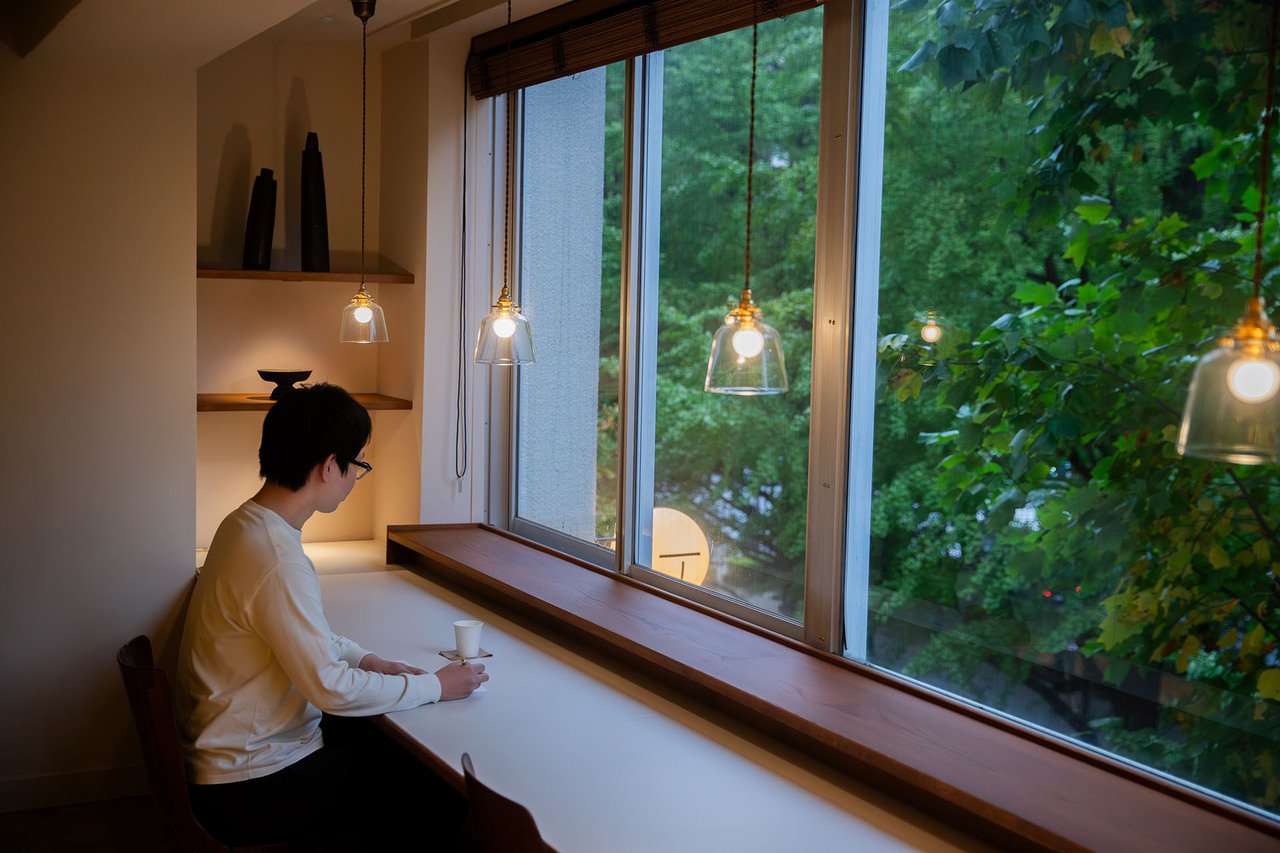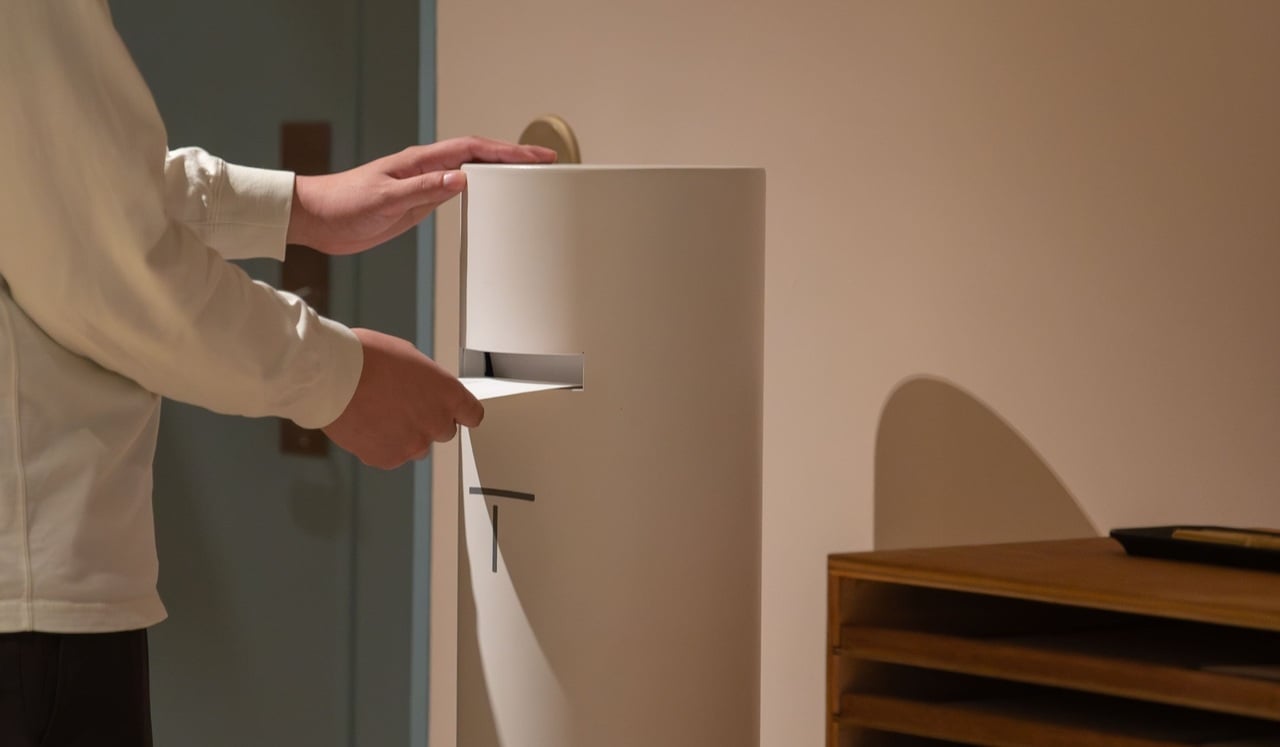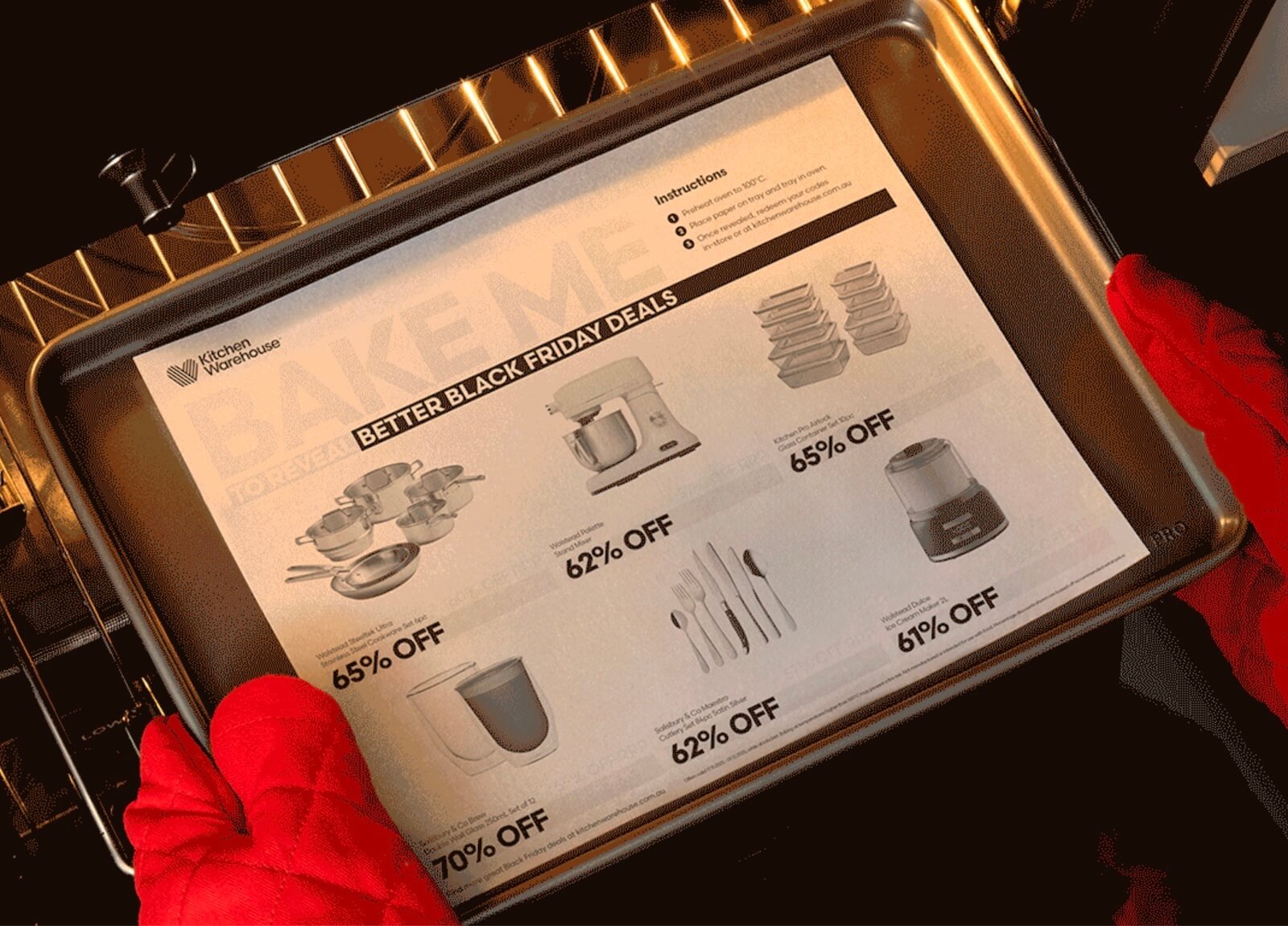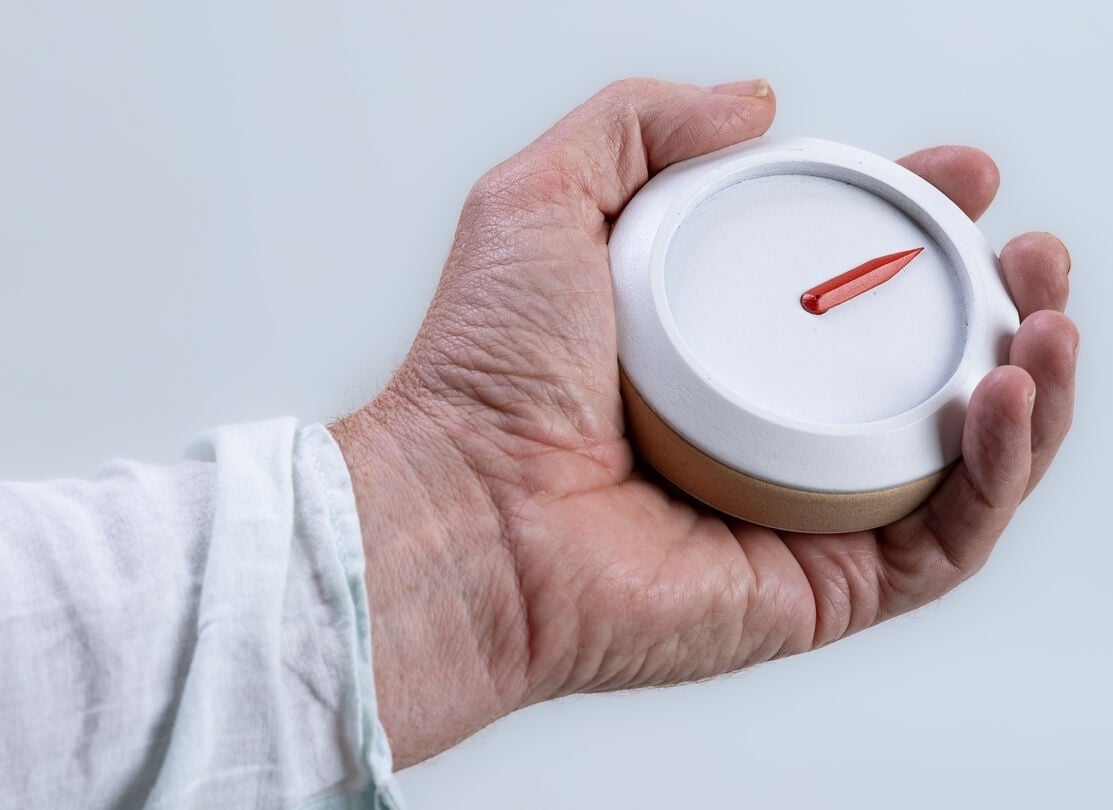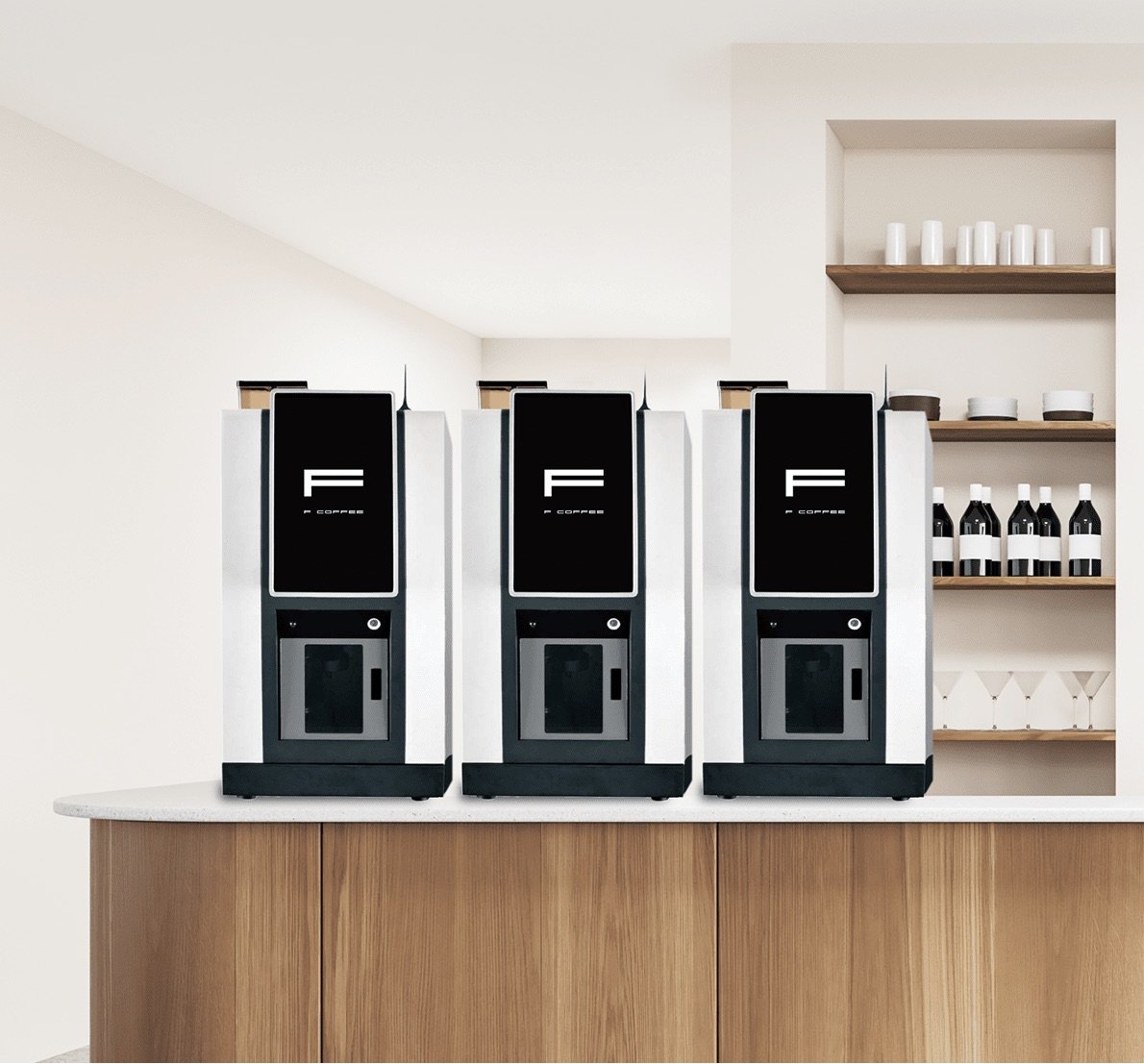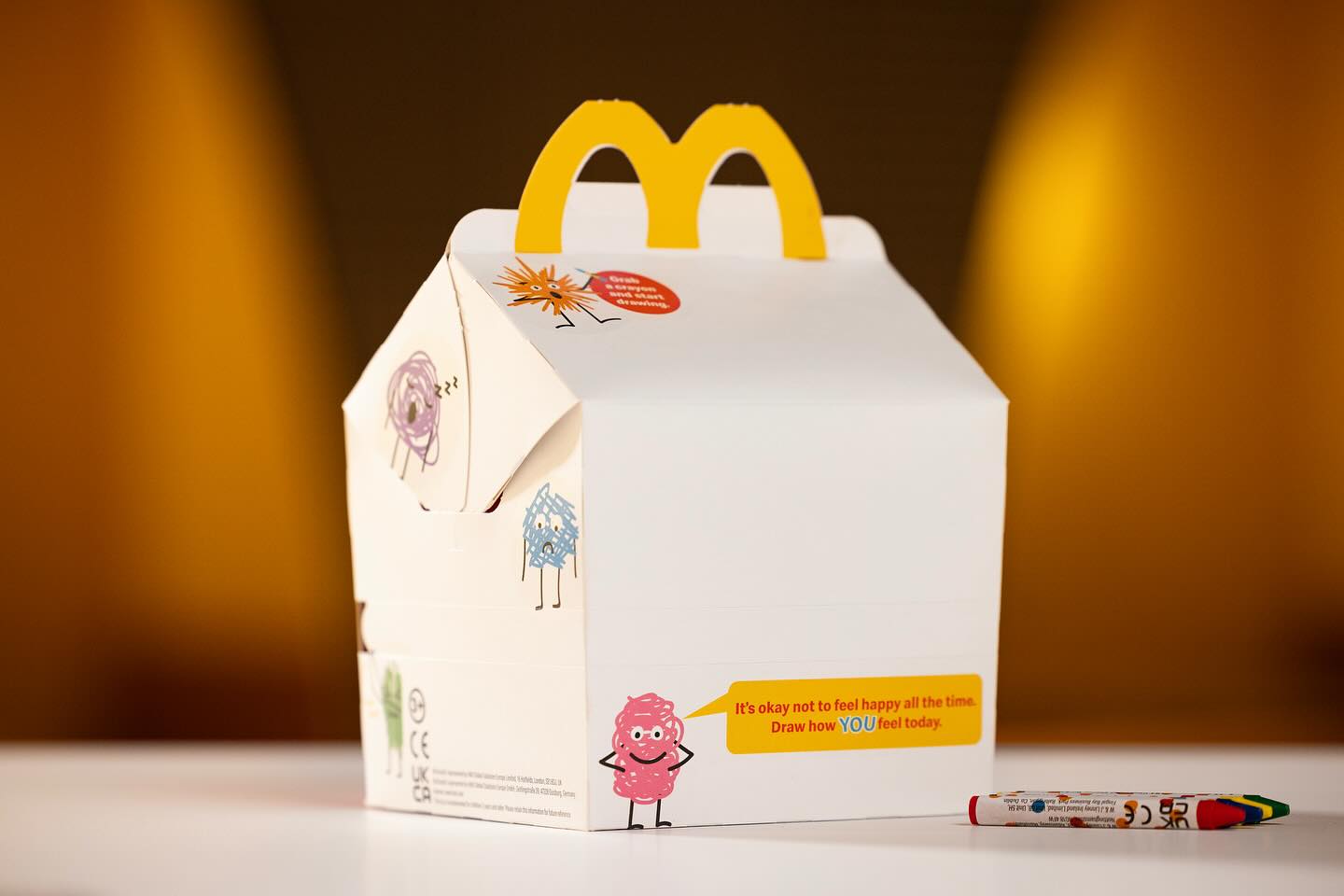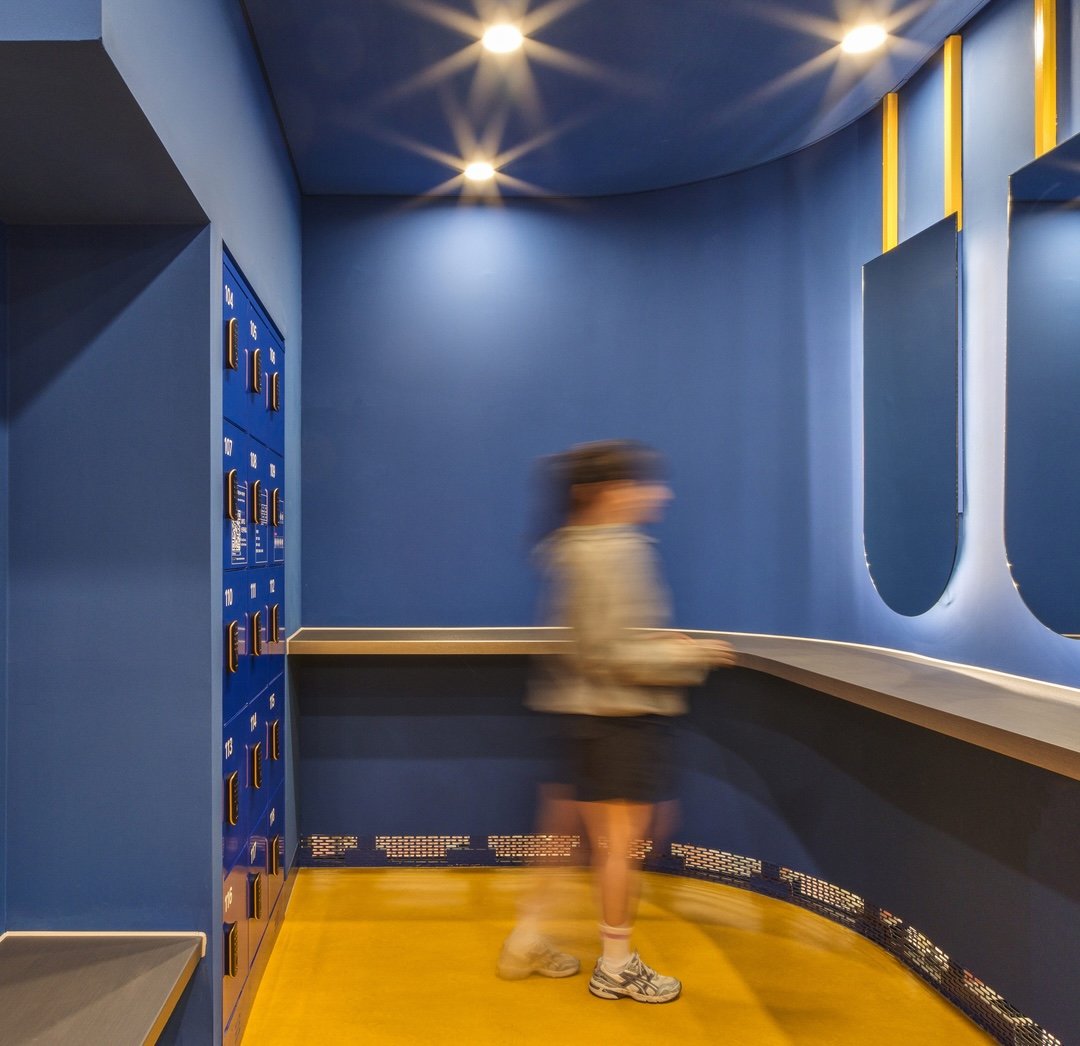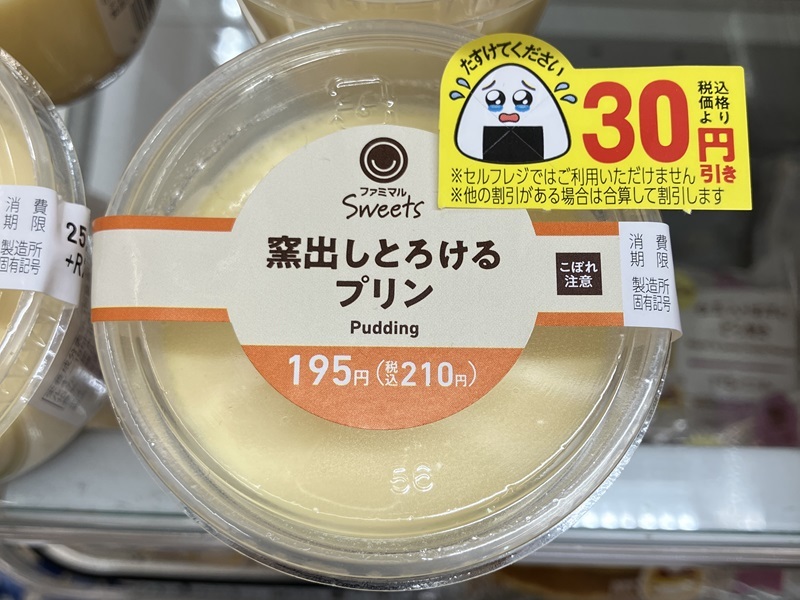A French maritime startup is pitching sustainable shipping that doesn't sacrifice speed, by way of a 220-foot cargo trimaran that can cross the Atlantic in under 15 days, powered solely by wind.
That's roughly half the transit time of conventional container ships, while cutting greenhouse gas emissions by up to 99% compared to air freight and up to 90% compared to container ships. VELA's vessel, slated for launch in fall 2026, can hold 600 Euro-pallets and will sail between France and the United States.
With temperature-controlled holds (powered by 240 square meters of solar panels) and 24/7 cargo monitoring, the service is targeting pharmaceuticals, luxury goods, cosmetics, medical equipment and fine wines. While long lines for limited port berths frequently delay gargantuan container ships, the trimaran can easily dock at less-crowded terminals. That allows for unloading closer to customers' warehouses, reducing overland transportation.
Notably, VELA operates under the French flag, a deliberate choice to comply with stringent labor protections often absent in an industry notorious for flags of convenience. By 2028, the company plans to expand to five vessels, enabling weekly departures and an annual capacity of 48,000 metric tons.
TREND BITE
Transportation sits in a curious blind spot for brands pursuing supply chain accountability. While ethical sourcing garners headlines and factory audits proliferate, the journey from port to port remains largely unexamined despite shipping's well-documented labor abuses and mounting carbon toll.
Wind-powered cargo is a solution that's both technically superior and radically low-carbon — no compromises. Consumers crave narratives that make ethical practices and sustainability visible. With its "airplane of the seas," VELA offers brands a story that combines the romance of sailing with cutting-edge tech for climate-positive action.


